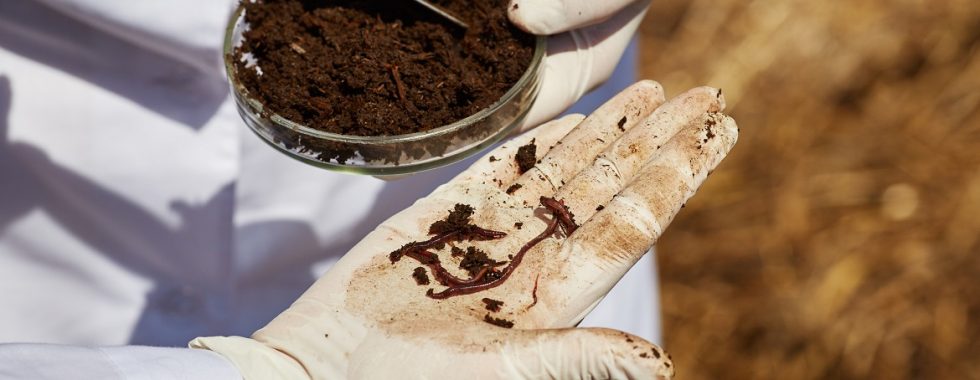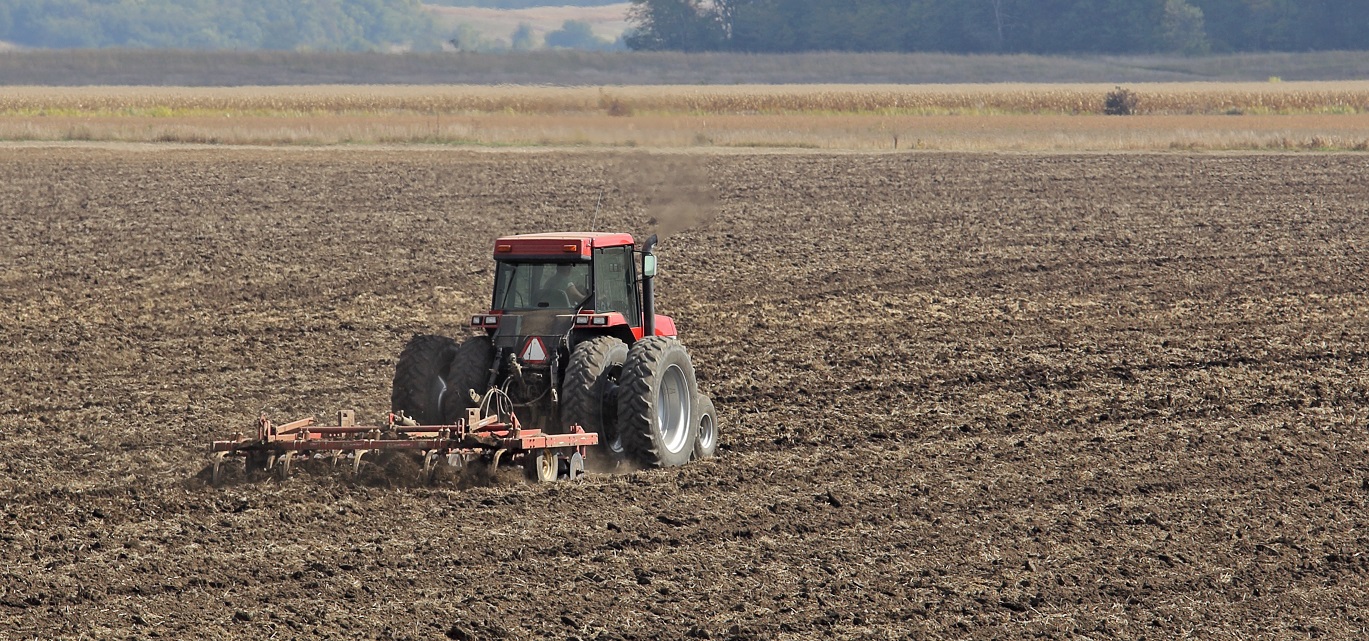Soil organisms – promoting soil health
Soil is a complex and dynamic system that supports life on earth. It is teeming with a wide variety of organisms, each playing a unique role in maintaining soil health and fertility. From bacteria and fungi to insects, worms, and other organisms, soil is a living ecosystem that supports the growth of crops and other plants.
Functions of soil organisms
Soil organisms are responsible for many important functions in the soil, including decomposing and breaking down organic matter, fixing atmospheric nitrogen, cycling nutrients, improving soil structure, improving soil fertility, and improving water holding capacity.
Improving soil fertility
Bacteria and fungi are two of the most abundant groups of soil organisms. They play a critical role in the process of decomposition of organic matter, by breaking it down into simpler organic and inorganic compounds that can be used as plant nutrients.
A specific aspect of organic matter decomposition is the mineralization process, in which nutrients are converted from organic forms to inorganic forms, such as ammonium or nitrate. This conversion is important because inorganic nutrients are more readily available to plants. The of decomposition and mineralization processes release, therefore, mineral nutrients such as nitrogen, phosphorus, and potassium into the soil, which can be taken up by plants.
In addition to breaking down soil organic matter, some bacteria and fungi also form beneficial relationships with plant roots, known as symbiotic associations.
Symbiotic associations
Symbiotic relationships between bacteria and plants can have significant benefits for both the plant and the microorganism. The bacteria or fungi provide nutrients and water to the plant in exchange for energy-rich sugars produced by photosynthesis.
For example, nitrogen fixing bacteria, such as rhizobia, are able to convert atmospheric nitrogen into a form that plants can use. This can be a significant source of nitrogen for leguminous plants. In exchange for this nitrogen source, the plants provide the bacteria with carbohydrates. Similarly, azospirillum bacteria can enhance plant growth by producing growth-promoting hormones and improving the availability of nutrients such as phosphorus.
Mycorrhizae fungi are another example of a beneficial symbiotic relationship in which the fungi form associations with the roots of most plants. The fungi provide the plant with nutrients such as nitrogen, phosphorus, and also with water. The fungal hyphae extend out from the roots of the plant and increase the effective root surface area, allowing the plant to absorb more water.
In exchange, the plant provides the fungi with carbohydrates. This mutually beneficial relationship can enhance the growth and survival of both the plant and the fungus.
Improving Soil Structure
Organisms play a critical role in improving soil structure, both by breaking compacted soil and by stabilizing soil aggregates. Soil compaction reduces the pore space between soil particles, impeding the movement of water, air, and roots through the soil. This might result in reduced soil fertility and productivity. However, organisms like earthworms and other burrowing animals can help to break up compacted soil by creating channels through the soil. These channels help to increase soil porosity and improve soil aeration, which in turn reduce risks such as waterlogging and soil erosion and allow for better root growth.
In addition to breaking compacted soil, organisms can also help to stabilize soil aggregates. Soil aggregates are formed when soil particles are bound together into larger clumps. Aggregates are important for creating pore spaces in the soil that allow for better water infiltration and retention, good aeration, and good root penetration. Organisms like bacteria, fungi, and earthworms can help to stabilize soil aggregates through various mechanisms. Such mechanisms include secretion of polysaccharides that glue soil particles together, or formation organic matter that helps to bind soil particles together.
Controlling Pest Populations
Soil organisms play an important role in controlling pests in the soil, including insects, nematodes, and soil-borne diseases.
One of the ways in which soil organisms can control pests is by predation. For example, predatory nematodes and mites feed on other nematodes and soil-dwelling insects, helping to reduce their populations in the soil.
In addition to predation, soil organisms can also help to control pests through competition. Certain bacteria and fungi can compete with soil-borne pathogens for nutrients and space, limiting their growth and ability to cause disease.
Soil organisms also have an indirect effect on plant health, by increasing nutrient uptake and by improving soil structure and water holding capacity. This can help plants to grow stronger and healthier, and become more resistant to pest and disease damage.
Promoting The Vitality of Soil Organisms
Regenerative farmers use various practices to enhance the vitality of soil organisms, such as minimizing tillage, utilizing cover crops, and applying organic matter to the soil. Minimal tillage helps to reduce soil compaction and preserve soil structure, while cover crops provide a source of organic matter and protect soil from erosion. Adding organic matter to soil helps to improve soil structure, increase nutrient availability, and promote the growth of soil organisms.
Soil tillage
Reducing Chemical Inputs
Another important aspect of promoting soil organisms is the reduction in using chemical inputs, such as synthetic fertilizers. In regenerative agriculture, understanding and promoting the health of soil organisms is a critical component of building soil fertility and increasing crop yields.




